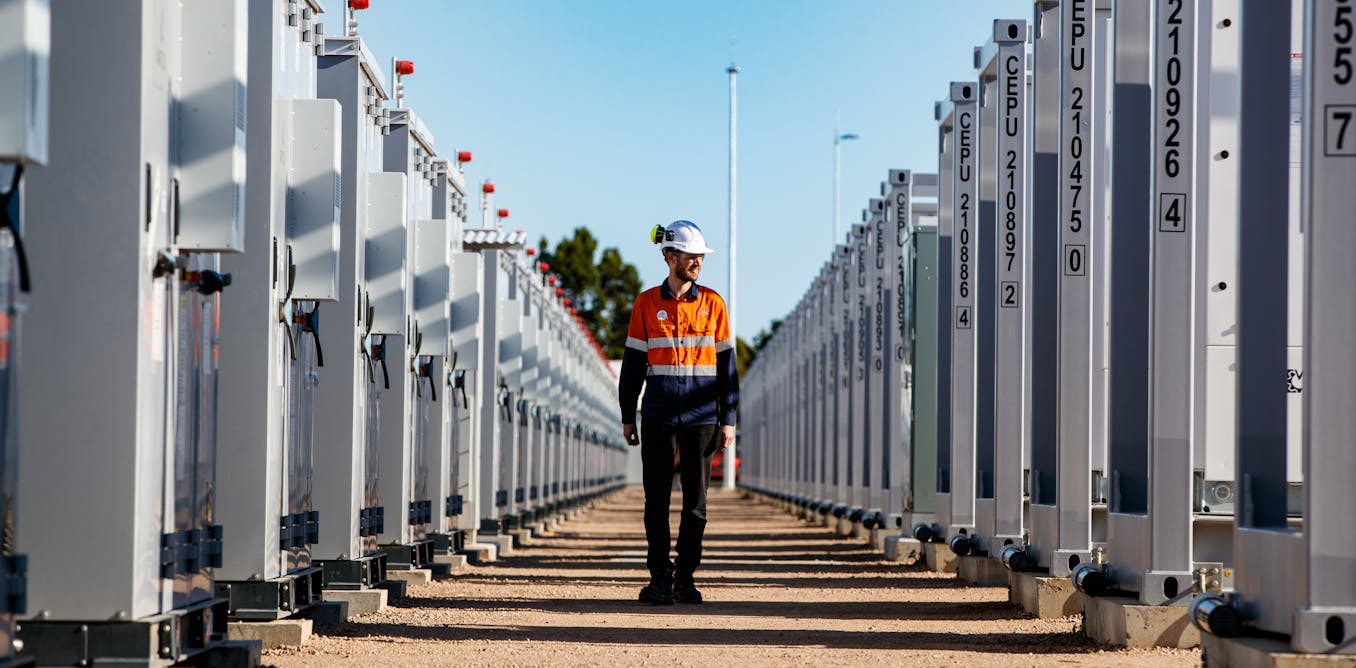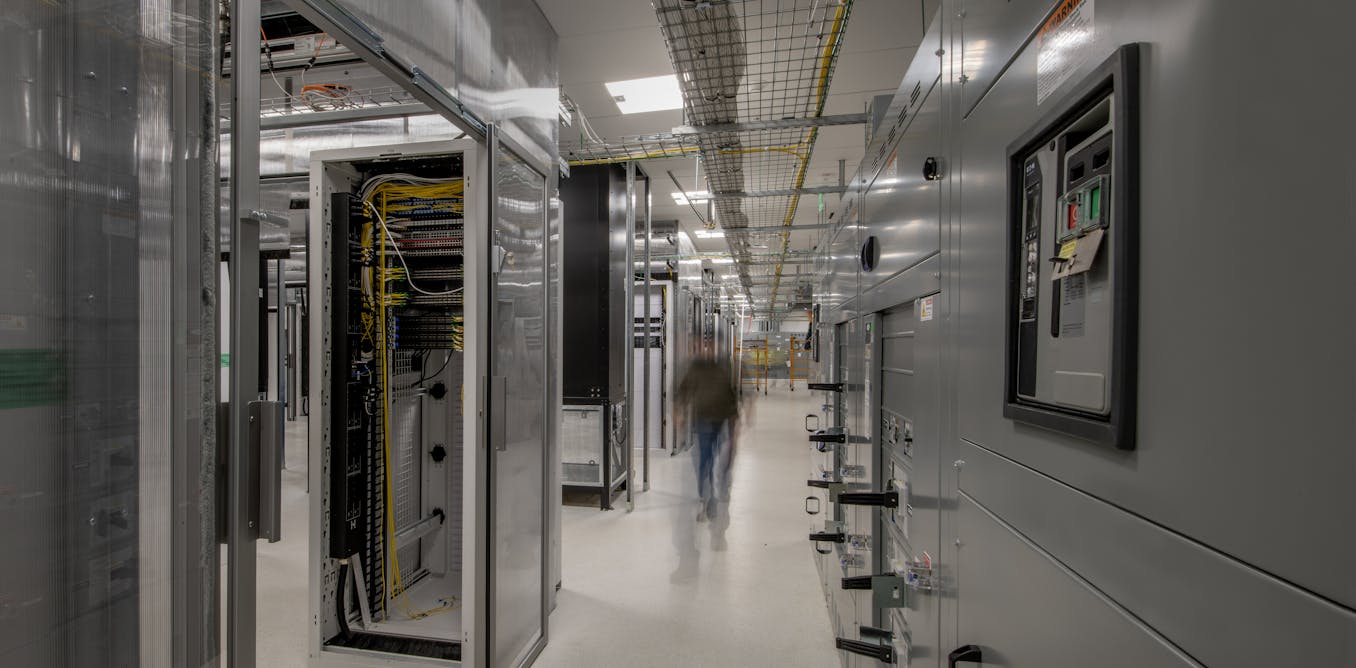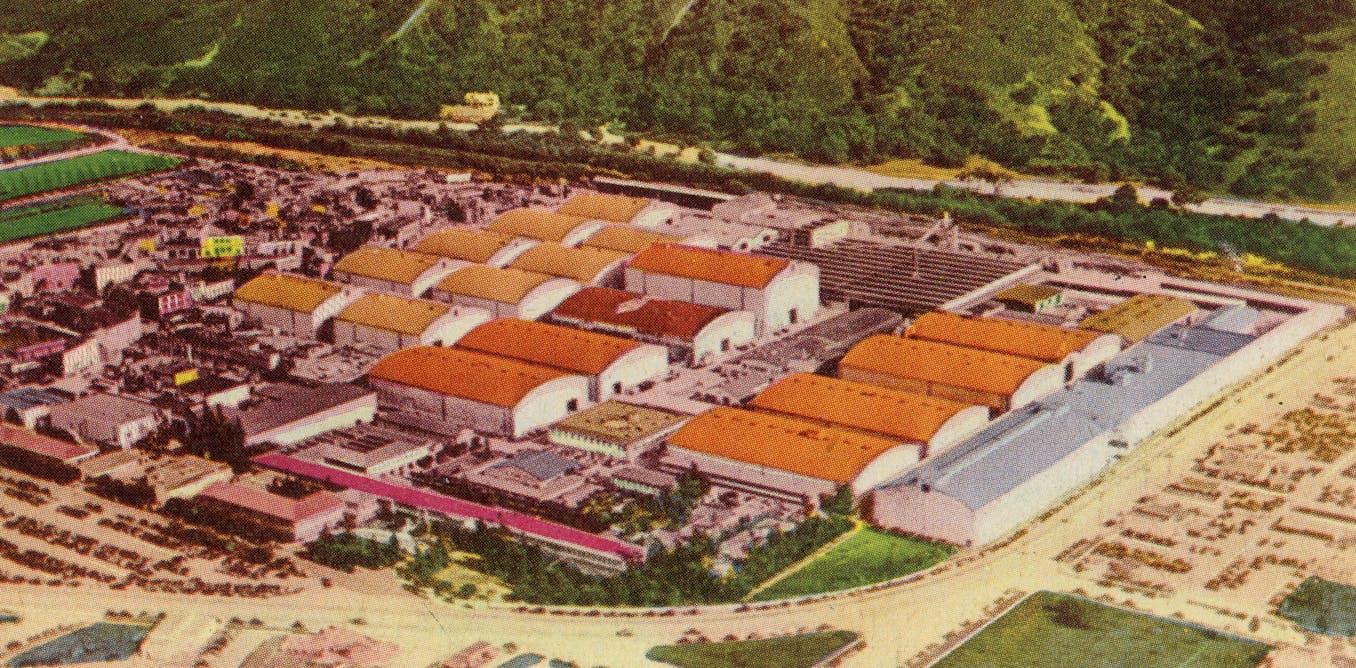This article is part of our exclusive IEEE Journal Watch series in partnership with IEEE Xplore.
Between Elon Musk’s broken promises of “Full Self-Driving“ and California’s ban on Cruise’s driverless taxis, initial public enthusiasm for autonomous cars has given way to rampant skepticism and regulatory scrutiny.
Yet automakers, tech giants, and researchers continue to work the problem, even as Alphabet’s Waymo lays off employees, General Motors’ Cruise sheds billions of dollars, and Ford and Volkswagen’s Argo AI unit shut down entirely. Continued hope comes from a belief that autonomous vehicles and ones connected to communications networks could help to meet global goals to reduce emissions and limit injuries and deaths in cars. The role of sustainable mobility looms large over the European Green Deal, whose 2050 deadline dovetails with a parallel “Vision Zero” target in the United States to eliminate roadway fatalities.
The new field of vehicle-to-everything (V2X) connectivity, in which individual cars would communicate wirelessly with one another as well as traffic signs and other infrastructure, could help reach those targets. A paper published 11 March in the IEEE Open Journal of Vehicular Technology argues that V2X—underpinned by 5G and 6G networks—can “pave the way toward safe, affordable, accessible and sustainable transport systems, as well as improve road safety.” As the paper notes, if V2X could dynamically coordinate traffic, the result would be less congestion, freer-flowing transportation, safer streets, and reduced emissions.
In 2021, more than 7,300 pedestrians were killed in the United States.
The researchers in Spain and Sweden who authored the paper focused on future smart cities with high population density. They identify three current trends leading toward sustainable V2X communications: Climate-neutral infrastructure and vehicle-user equipment; “cloudification” and edge computing; and big data and AI.
The researchers envision a model with roadside units linked to both cellular and cloud-computing networks. These units would be able to communicate with smart traffic signals, road sensors, units on board individual vehicles, and edge and cloud nodes. There’s also a need to connect pedestrians and bicyclists so that vehicles and vehicle infrastructure know they’re there—either through passive detection or by actively signaling the network with onboard Internet of Things devices.
Integrating pedestrians into a V2X system could help stem a troubling rise in pedestrian deaths in the U.S. since about 2009, especially at night. In 2021, more than 7,300 pedestrians were killed in the United States, and 75 percent of those deaths occurred between sunset and sunrise.
The authors note the potential for an Internet of Vehicles—a network of connected autonomous vehicles, in other words—that could boost communications efficiency by optimizing transmission rates, channels, and times. An Internet of…
Read full article: To Make Cars Safer, Connect Them to Everything

The post “To Make Cars Safer, Connect Them to Everything” by Lawrence Ulrich was published on 05/06/2024 by spectrum.ieee.org



































